Simple present tense with 'be' The verb 'be' is different from the other verbs in this tense Let's look at 'be' first Here's the positive form (positive means a normal sentence, not a negative or a question This is sometimes called 'affirmative') Click here to practise making the positive with 'be' Next, here's the negative It's very easyEnglish Grammar – Present Simple Tense Related Posts English Grammar 7 – PresentBE Simple Present Tense You are here Home / Grammar / Verb Tenses / BE Simple Present Tense
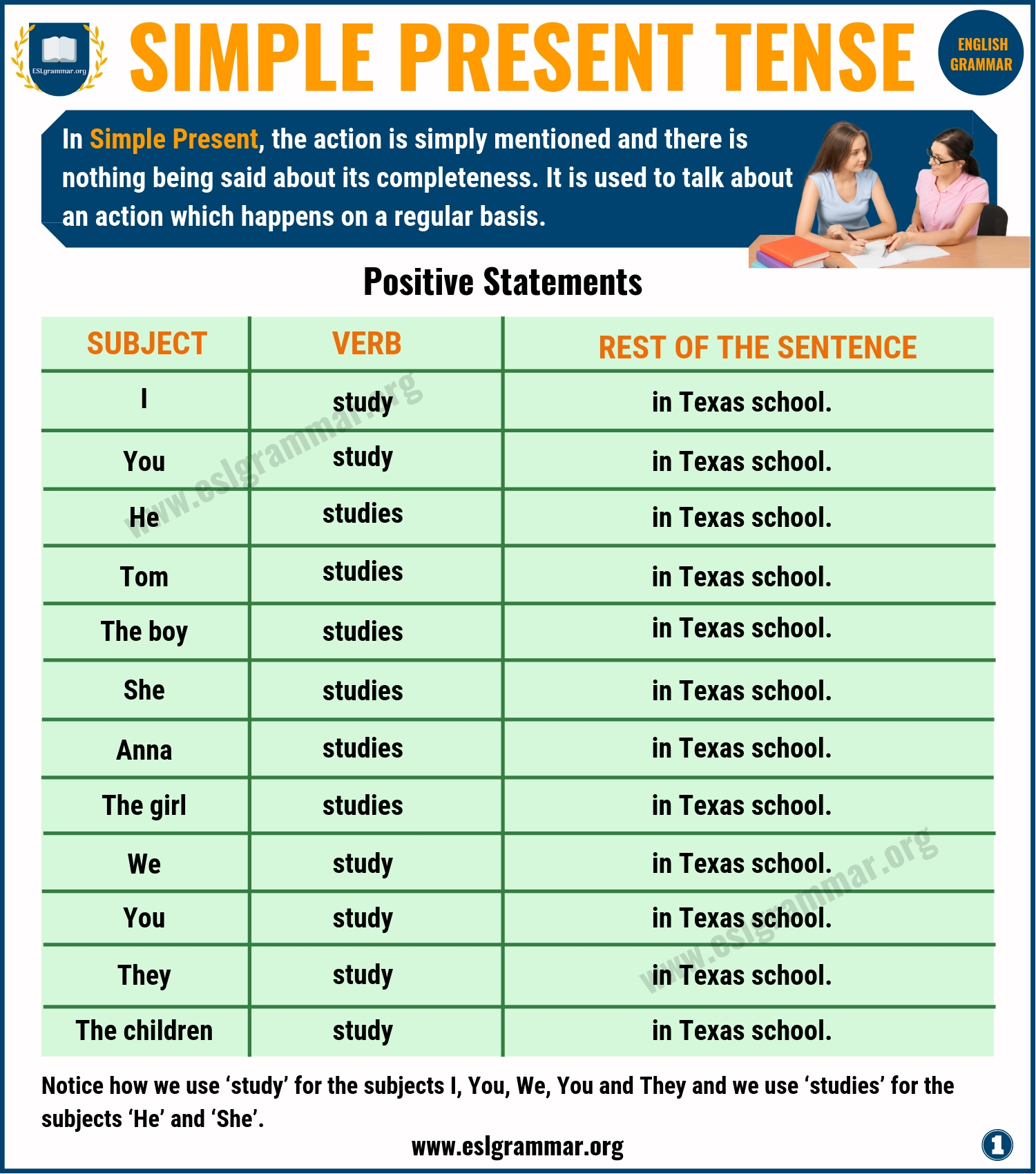
Simple Present Tense Definition And Useful Examples Esl Grammar
Verb simple present tense examples
Verb simple present tense examples-About Press Copyright Contact us Creators Advertise Developers Terms Privacy Policy & Safety How works Test new features Press Copyright Contact us CreatorsBe, do, have and modal verbs in the Simple Present How to use special verbs in the Simple Present 1 be as a main verb We often use the short/contracted forms with this verb




Simple Present Tense Verbs English Esl Worksheets For Distance Learning And Physical Classrooms
Look at the table to see how to form sentences in the present simple tense using the verb to be You can see that there is a short form (contraction) used when writing the verb to be, and an apostrophe is used to form it I am = I'm, She is = She's, etc Word Order When Using "To Be" in Present Simple TenseThe three main verb tenses can each be further broken down to include the four aspects of verb tenses simple, progressive, perfect, and perfect progressive The most predominant tense is the simple tense Simple tenses are the basic versions of past, present, and future tense verbs They describe either one event or all events of one action Verb to be ( am / is / are ) the Present Simple Tense Singular Plural I am We are You are You are He is She is They are It is 4 Exercise Match the imagine with the appropriate sentence of the form of the verb to be I am a teacher You are a student 2He is a man 1
The verb to be is one of the shortest and most important—yet oddest— verbs in the English language It's an irregular verb, and indeed, the only one in English that completely changes form in each tense Usage of To Be The verb to be is probably the most important verb in EnglishYou You are from London You are not from London Are you from London?Present Simple Exercises Be Verb (Positive) Practice the present simple tense with ' be ', with these present simple tense exercises The exercises on this page are to practice the positive form of the present simple tense
To verbs that end in s, ss, sh, ch, x, and o, add an es – Ex wash > washes, mix > mixes, go >goes;We use the simple present tense to talk about things that happen regularly, often or are true in general "It rains a lot in April" → This is generally true "I wake up at 700 am every day" → I always wake up at 700, I do it regularly * (wake up is a phrasal verb – wake is in the simple present tense)The simple present tense is when you use a verb to tell about things that happen continually in the present Here is 50 Sentences of Simple Present Tense;




Simple Present Tense Verb To Be Has Have English Esl Worksheets For Distance Learning And Physical Classrooms




Simple Present Tense Chandra Widayanti S Blog
1 My son lives in London 2 She plays basketball 3 He catches the train every morning 4 Michael doesn't work 5 My father doesn't speak good English 6 He goes to football every daySimple present tense (present simple tense) is a verb tense that describes the events and situations that do not change " Do " and " does " are the auxiliary verbs of simple present tense However, " do " and " does " are not used in positive sentences The verb 'be' can be used as the main or as an auxiliary verb As an auxiliary verb, the verb 'be' can be used to form 1) continuous tense I am reading a book They are talking too loudly 2) passive voice The rooms are cleaned every day The car is repaired by Tom




Irregular Verbs Simple Present With He She It Worksheet




Simple Present Tense Learn English For Life
The simple present tense is when you use a verb to tell about things that happen continually in the present, like every day, every week, or every month We use the simple present tense English Grammar – Present Simple – Verb To Be Posted on by Ahmad Adwani Did you try to search for verb to be ?This video presents the present tense of the verb "be", in its affirmative, negative and interrogative forms, as well as their contractions It may be used f




Spelling Shed Edshed Resource Stage 3 Text 3 1 Simple Past And Simple Present Tense Use Of The Present Perfect Form Of Verbs Instead Of The Simple Past
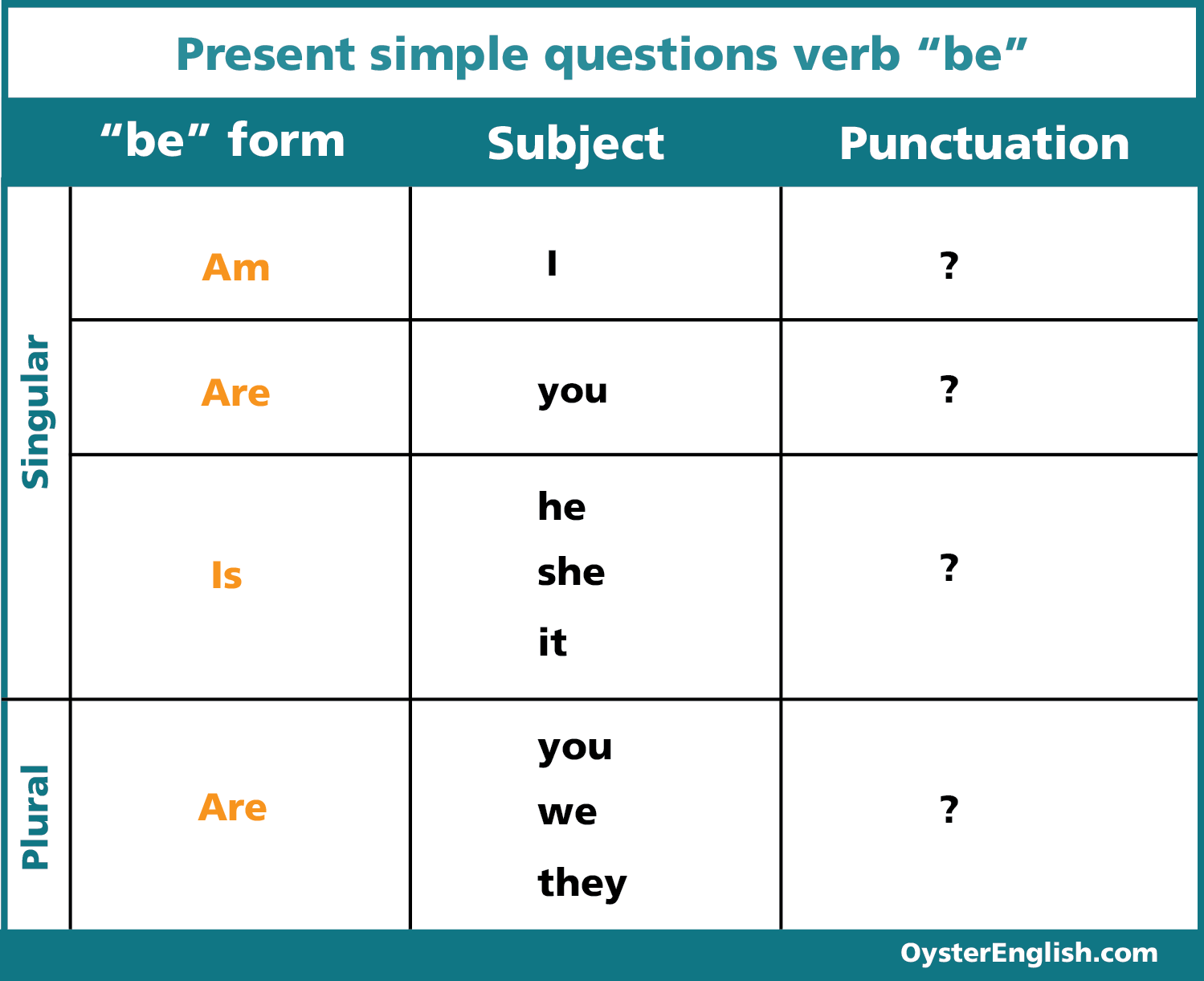



All About The Present Simple Tense
To describe present truthsThe present simple is used to describe something which is currently true (something that is true at the present time)The present sIn the present tense, there are are two Present Simple verb forms the verb to be or other verbs With the verb be we use am, are, and is The negative is formed by adding not to the verb is not (isn't), am not and are not (aren't) Other verbs in the Present Simple verbYour search is over!




Listening Simple Present Tense Verbs Interactive Worksheet




Present Simple Grammar Englishclub
The simple present (also called present simple or present indefinite) is a verb tense which is used to show repetition, habit or generalization Less commonly, the simple present can be used to talk about scheduled actions in the near future and, in some cases, actions happening now Present Simple tense with state verbs Some English verbs, called state verbs, are almost always used in simple rather than continuous tenses These verbs are most often about thoughts, feelings, possession or the senses, and are usually considered as a state or condition that's either true or false, not as something that is in the process of happeningTo verbs end in y after a consonant (any letter that isn't a vowel), change the y to i and
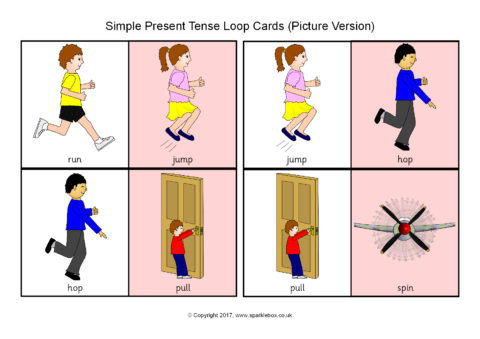



Simple Present Tense Verbs Loop Cards Pictures Only Sb Sparklebox




Present Tense Exercise 13
The simple present, present simple or present indefinite is one of the verb forms associated with the present tense in modern English It is commonly referred to as a tense, although it also encodes certain information about aspect in addition to present time The simple present is the most commonly used verb form in English, accounting for more than half of verbs in spokenSimple Present Tense With 'TO BE' Subject To Be Using the verb 'to be' in the simple present tense;But for simple past and simple present tenses, the structures are not the same In fact, they are even easier There is no auxiliary verb Here are the structures
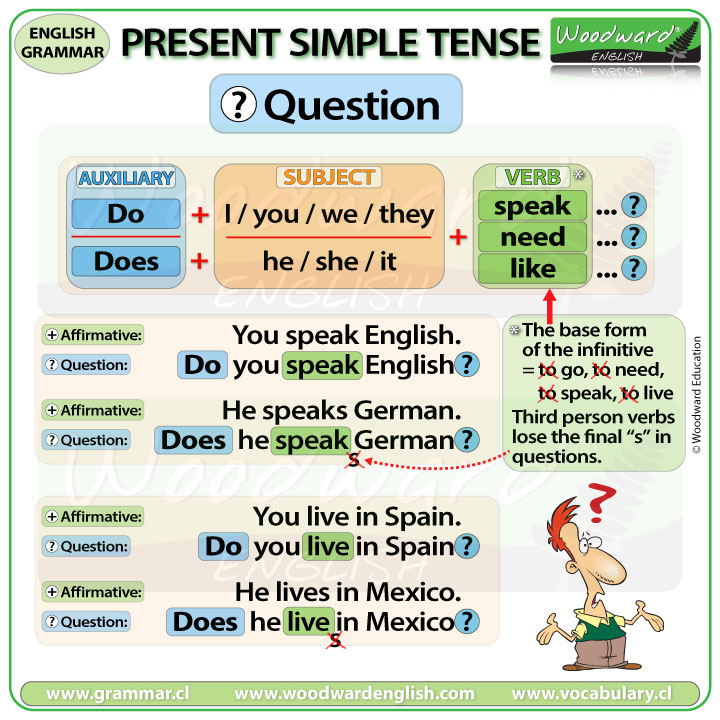



Present Simple Tense In English Woodward English
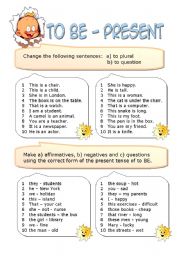



English Exercises Verb To Be In The Present Simple
Present Simple verb tense English verbs1) Present Simple form 2) Affirmative, question and negative forms of the present Simple verb tense3) How to use thConjugation of English Simple Present Tense The conjugation of English verbs in the simple present is relatively simple We add an s/es to verbs in the third person singular (he/she/it), otherwise the verb does not change In positive sentences, we use the verb in its present form In negative sentences and questions, we use the auxiliaryPresent Simple Verb "be" This is my son He's one year old
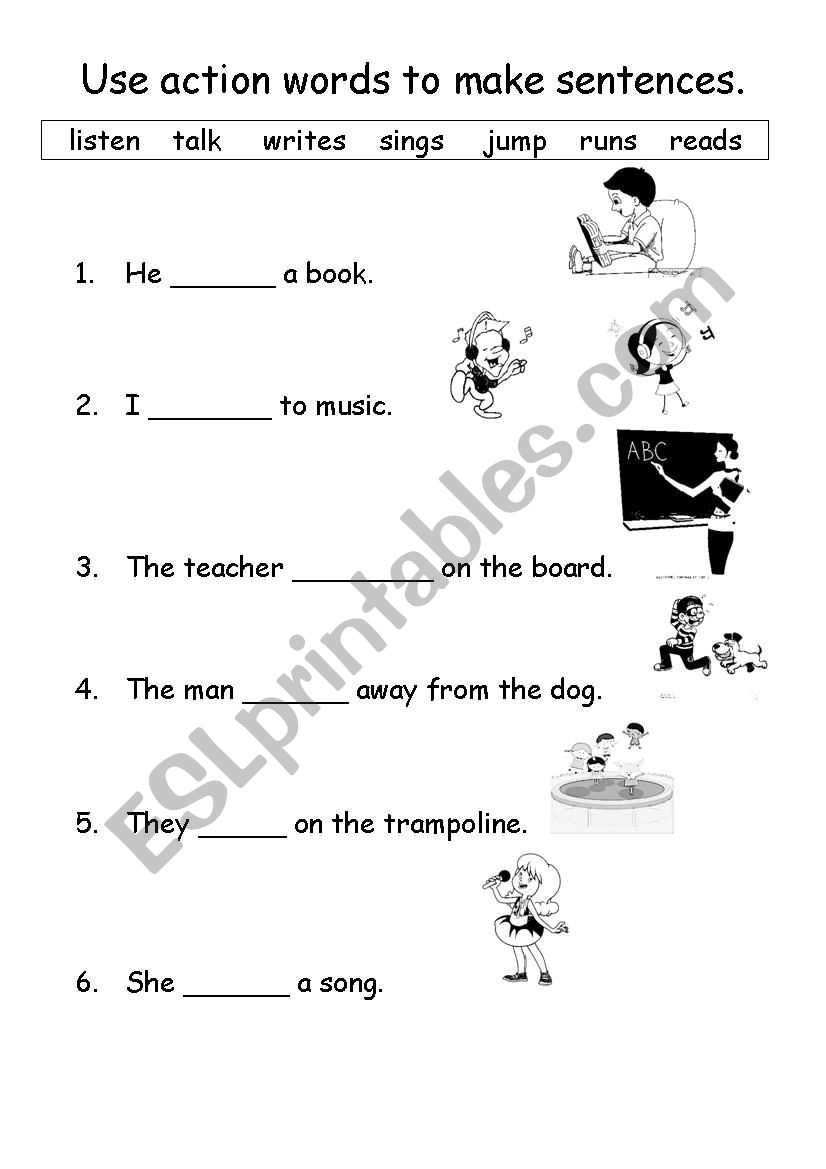



Simple Present Tense With Action Verbs Esl Worksheet By Helmut Wulff




Easy English Grammar Verb Tenses Present Simple Esl Elt Brain Perks
Verb To Be (Simple Present) This worksheet aims at testing the elementary/beginner level of students on 'to be verb' (present tense), simple present tense as well as telling the time Module I is about the present form of to be verb and is divided into three parts In part A (18 questions), students are asked to fillin the gaps with theSimple tense is a category of verb tense used to express facts or habitual activities It covers the simple past tense, the simple present tense, and the simple future tense This page has examples of the simple tenses, explains how to form them, and has a printable and interactive exercise worksheetThe verb be in different tenses 1 be in the Simple Present Pronouns Affirmative sentences Negative sentences Questions;
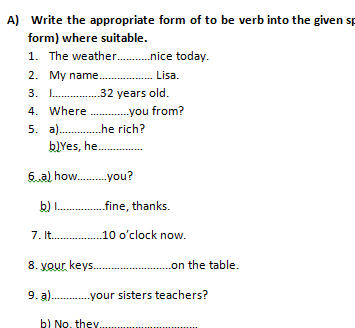



Verb To Be Simple Present




Present Simple Verb Tense Present Simple English Verb
Die Formen des Verbs to be to be im Simple Present und Simple Past konjugieren Online Übungen mit Erklärungen für to beVerb to be in the present simple tense 1 Complete the sentences with am, is, or are a) I ____________ a studentThe present simple tense table below shows you how the formation will vary according to the affirmative, negative, or a question You'll see we need to add an ' s ' to the verb for affirmative statements, but we add in does / doesn't ( auxiliary verbs ) for negative statements and questions




Tense Comparison Simple Verb Simple Present Present Continuous Simple Past Worksheet




Chapter 1 Tenses The Simple Present Tense The
Spelling Tip In the present simple 3rd person singular (he, she, it), add s, es, or ies to the base form of the verb To regular verbs just add an s – Ex travel >travels, give > gives, play >plays;The verb be is always special It is a stative verb, and we use it in the Present Simple tense to talk about now situations and about general situations Look at these examples of the verb be in the Present Simple tense some are general and some are nowI I am from London I am not from London Am I from London?




Simple Present Tense English Folder




Exercise Of Simple Present Tense With Answers Onlymyenglish
Simple present tense "be verbs" are – am, is, are "Be verbs" go after the subject Use this pattern with "be verbs" Subject be verb noun/adjectiveThe form of the verb to be is am (contracted to 'm), is ('s) and are ('re) in the present tense and was/were in the pastTo be is used as an auxiliary verb, to form continuous tenses and the passive, and as a main verb Here we are looking at it as a main verbEnglishClub Learn English Grammar Verbs Tense Tenses Present Simple Quiz Present Simple Quiz You can do this grammar quiz online or print it on paper It tests what you learned on the Present Simple page




10 Examples Of Simple Present Tense Sentences English Study Here
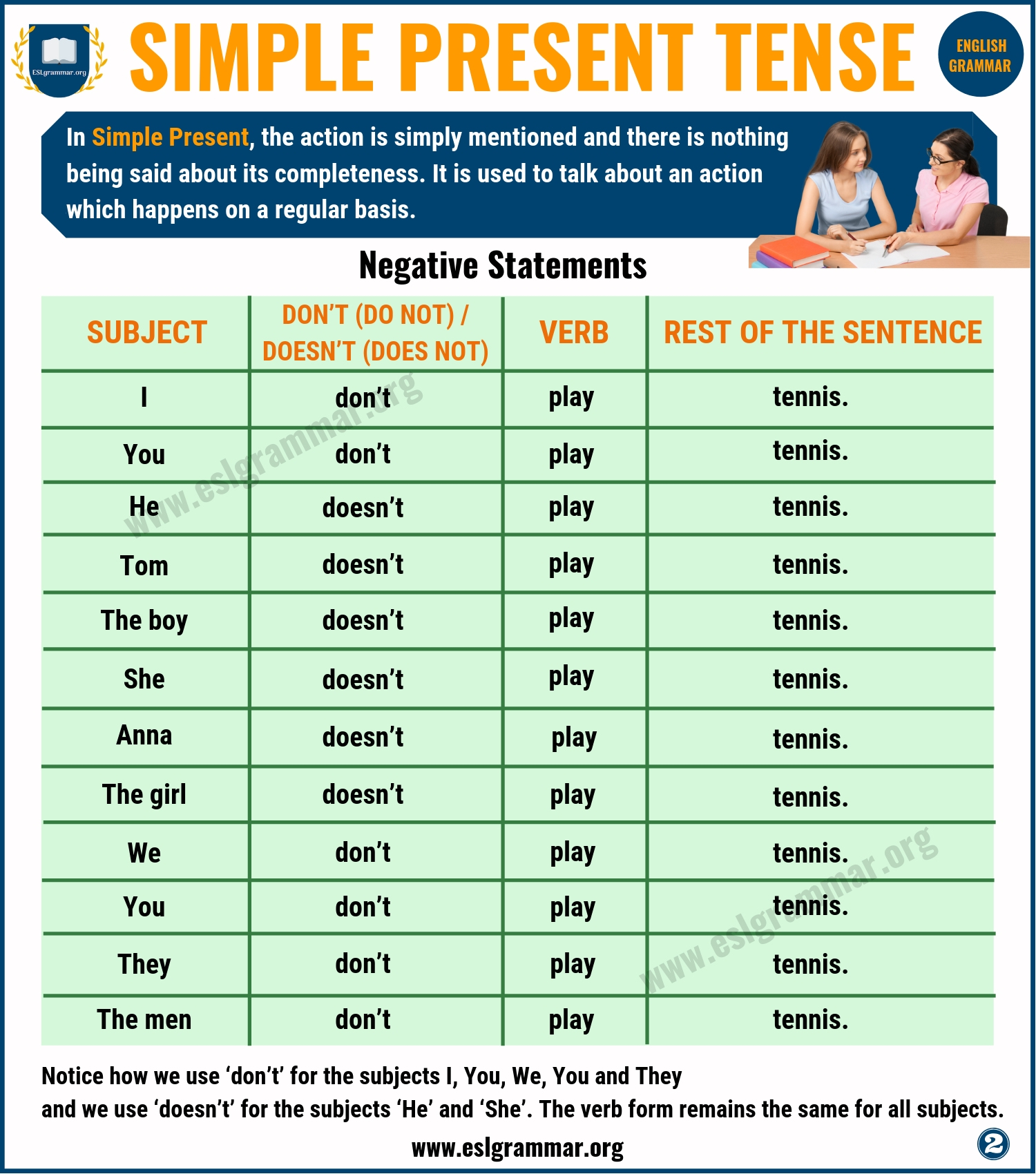



Simple Present Tense Definition And Useful Examples Esl Grammar
Try our interactive game to practice To Be in the Present Tense and To Be Adjective NEW Download our free To Be in Present Tense Worksheet (in PDF) You can check the answers to this worksheet here To Be in Present Tense Answers If you found this grammar guide about To Be in the English Present Tense useful, let others know about itPOSITIVE SENTENCES AND CONTRACTIONS WITH TO BE SUBJECT You are ready You're ready He is ready He's ready She is ready She's ready It is ready It's ready NEGATIVE SENTENCES ANDPresent simple tense with other verbs With all other verbs, we make the present simple in the same way The positive is really easy It's just the verb, with an extra 's' if the subject is 'he', 'she', or 'it' Let's take the verb 'play' as an example Positive (of 'play') I play you play




Simple Present Tense Ppt Download




Calameo Esl The Uses Of The Simple Present Tense
The simple present tense is the way to talk about facts It tells what is always, sometimes, or never true, or what happens over and over It uses the base form of the verb (the infinitive without 'to') except in the third person singular 3rd person singular (he, she, or it one person or thing) ends inSimple Tense Verb tense tells you when the action happens There are three main verb tenses present, past, and future Each main tense is divided into simple, progressive, perfect, and perfect progressive tenses a Present tense is the original verb form bComplete the sentences with the forms of to be in the present simple (am, is, are) 1 I at home 2 She not at home in the morning 3 We in the park 4 This my new laptop



Q Tbn And9gcsz3o Sbnfn1p8assk61xjlzvuk2geyktgpwlixbdsjj3k8xnkw Usqp Cau
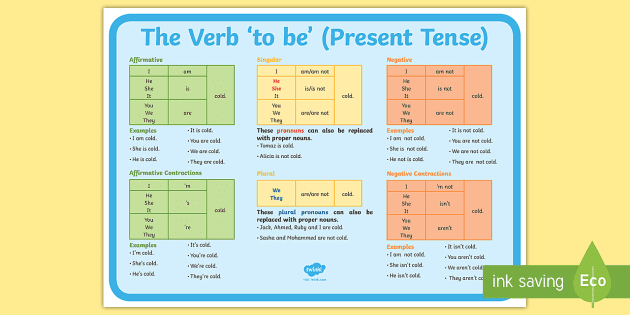



The Verb To Be Present Tense Poster
SIMPLE PRESENT TENSE "VERB TO BE" Uno de los temas básicos en inglés es el verbo ser o estar 'Verb To Be' Vamos a explicarlo en tiempo presente simple Conjugacion verbo ser o estar en presente I AM YOU ARE HE/SHE/ IT ISSimple present tense or present indefinite is used to represent anything that happens often or is factual It is one of the different forms of present tense that is used widely in English Present Simple Verb Tense Questions Quiz Present Simple Tense Present Simple Tense Present Simple Tense Chart Present Simple Tense Quiz The Verb "To Be" Present Simple Tense "to be" Chart Present Simple Verb To Be Quiz #1 Present Simple Verb To Be Quiz #2 There is & There are



1




Simple Present Tense Verbs English Esl Worksheets For Distance Learning And Physical Classrooms
Present simple pdf exercises Exercise 1 Simple Present Tense Exercise 2 Simple Present Tense Exercise 3 Simple Present Tense Exercise 4 Review of the Simple Present Tense Exercise 5 Review of the Simple Present Tense Answer Keys worksheets Verb to be present handout Affirmative, negative, questionsO verbo To Be Simple Present Tense, o aprendizado da gramática da Língua Inglesa, O verbo TO BE possui dois significados distintos para o português o verbo SER e o ESTAR, Subject Pronouns, To Be O verbo TO BE é o ponto de partida para o aprendizado da gramática da Língua Inglesa e apesar de ser lecionado nas escolas desde o EnsinoSimple Present Tense Verb To Be Verb to be ID Language English School subject English language Grade/level 5 Age 714 Main content Verb to be Other contents Verb to be Add to my workbooks (104) Download file pdf Embed in my website or blog Add to Google Classroom




What Is A Verb Quick Answers
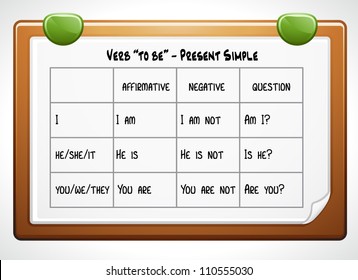



Simple Present Tense Images Stock Photos Vectors Shutterstock




Ks1 Days Of The Week And Verbs Simple Present Tense And Daily Routine Teaching Resources




Change The Verbs To Present Tense Form Answer Simple Past Tense Worksheet Verb Worksheets Simple Present Tense Worksheets




Simple Present Tense Images Stock Photos Vectors Shutterstock




Simple Present Tense Tip Sheet Tesol Planner




Simple Present Tense Vui Học Tiếng Anh




Simple Present Tense In English English Study Here
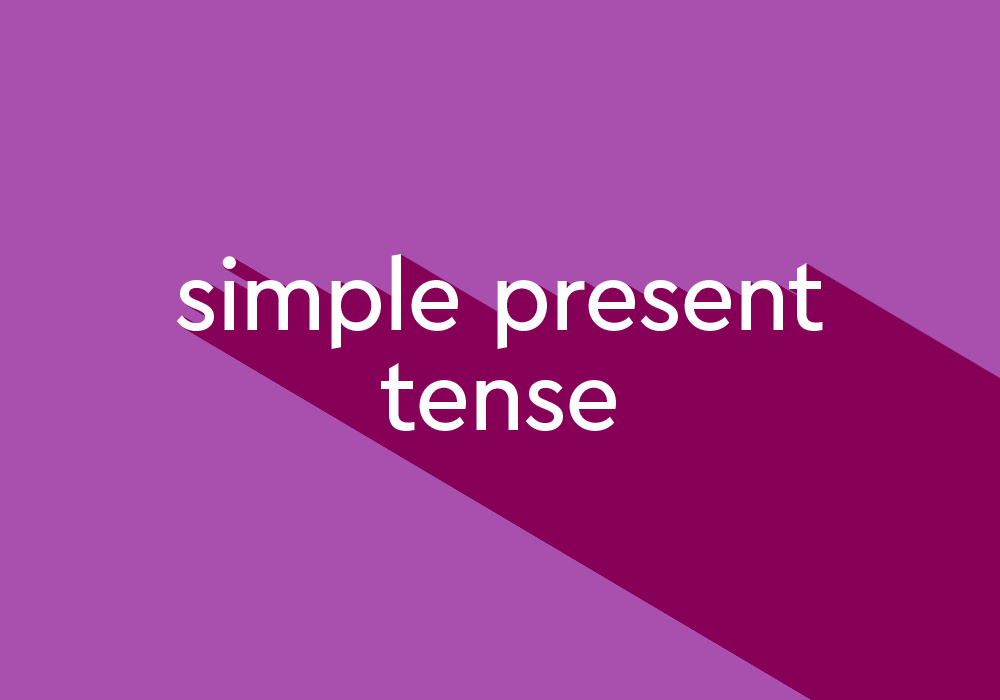



What Is Simple Present Tense Thesaurus Com




Simple Present Tense Definition And Useful Examples Esl Grammar




4 Simple Ways To Teach The Present Simple Tense Wikihow
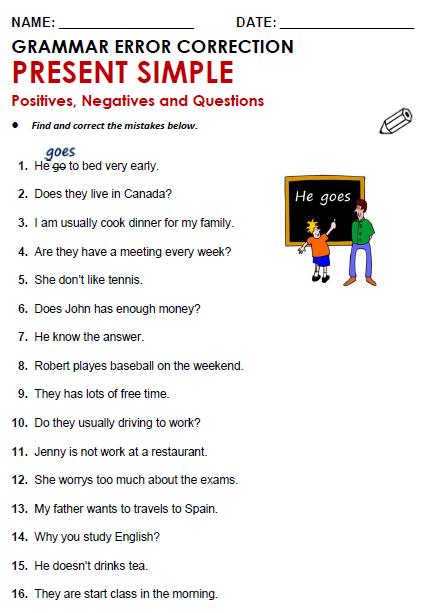



Present Simple All Things Grammar



1



1



Simple Present Tense With To Be English Study Page




Simple Present Tense Examples And Grammar 250 Sample Sentences And Questions The Learner S Nook




The Simple Past Simple Present Tense Simple Past Tense Past Tense Worksheet
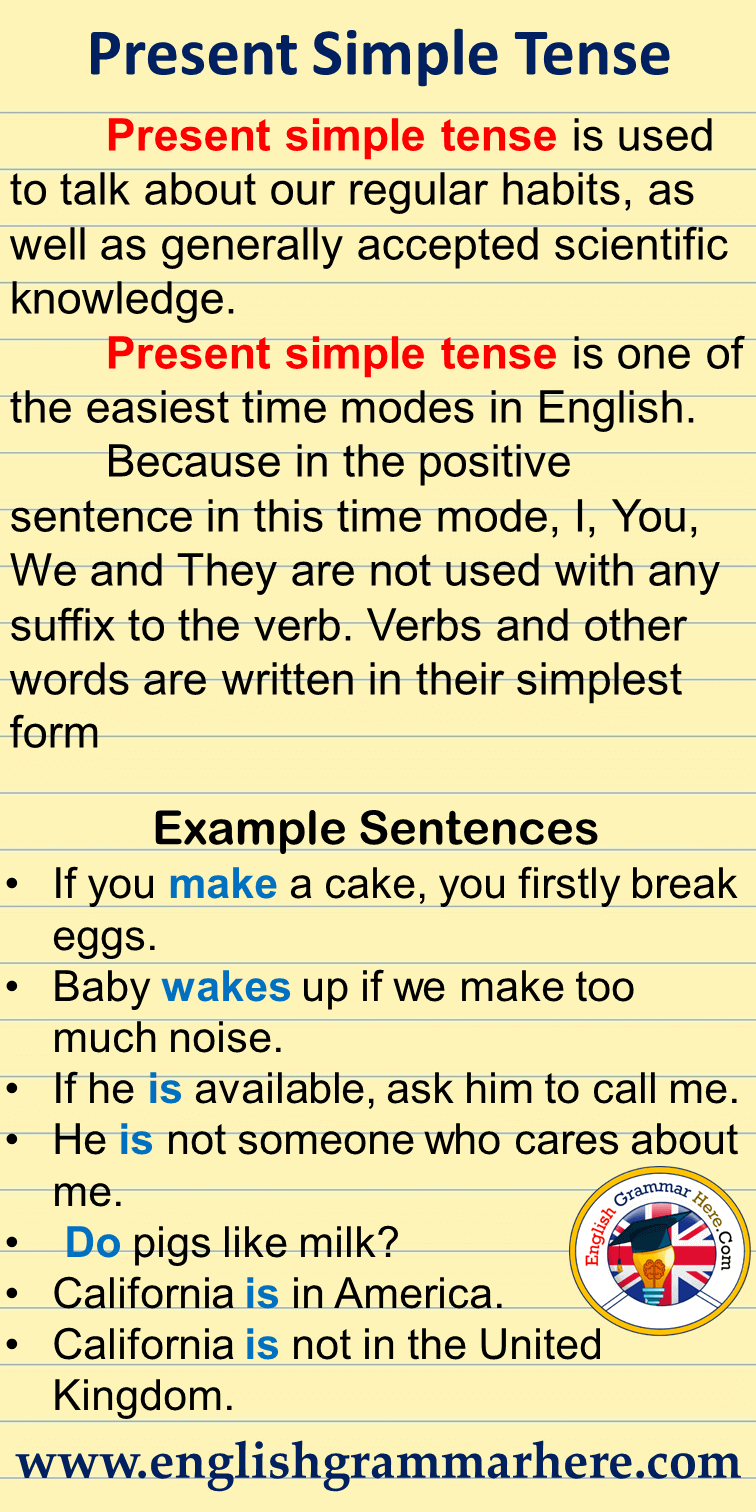



Present Simple Tense Notes And Example Sentences English Grammar Here
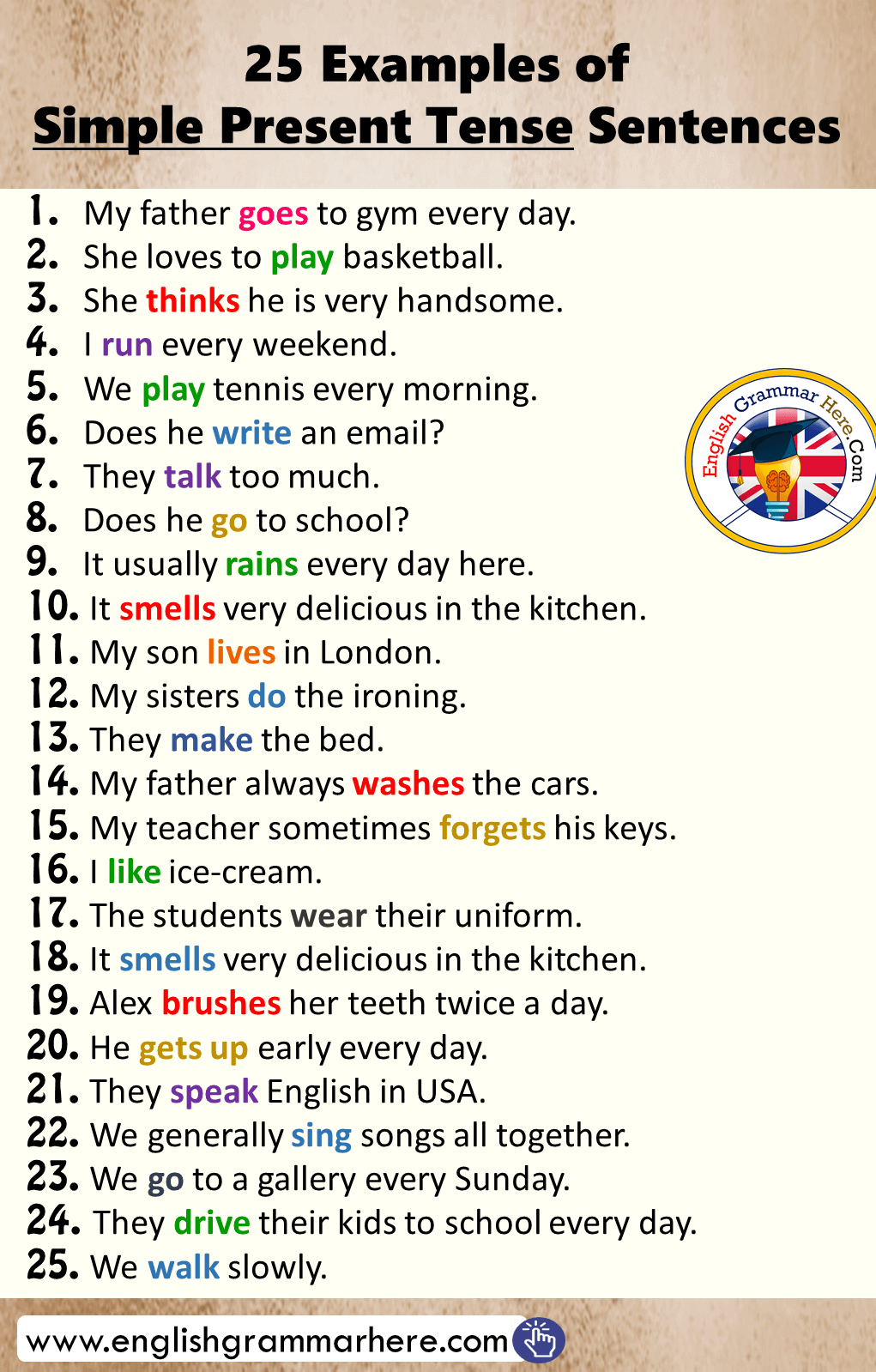



25 Examples Of Simple Present Tense Sentences English Grammar Here




Simple Present Tense The Affirmative Part 3 Worksheet
/ThoughtCoChalkboard-5b2a9642fa6bcc0036305aa9.png)



The Present And Past Forms Of The Verb To Be




Simple Present Tense Examples And Grammar 250 Sample Sentences And Questions The Learner S Nook
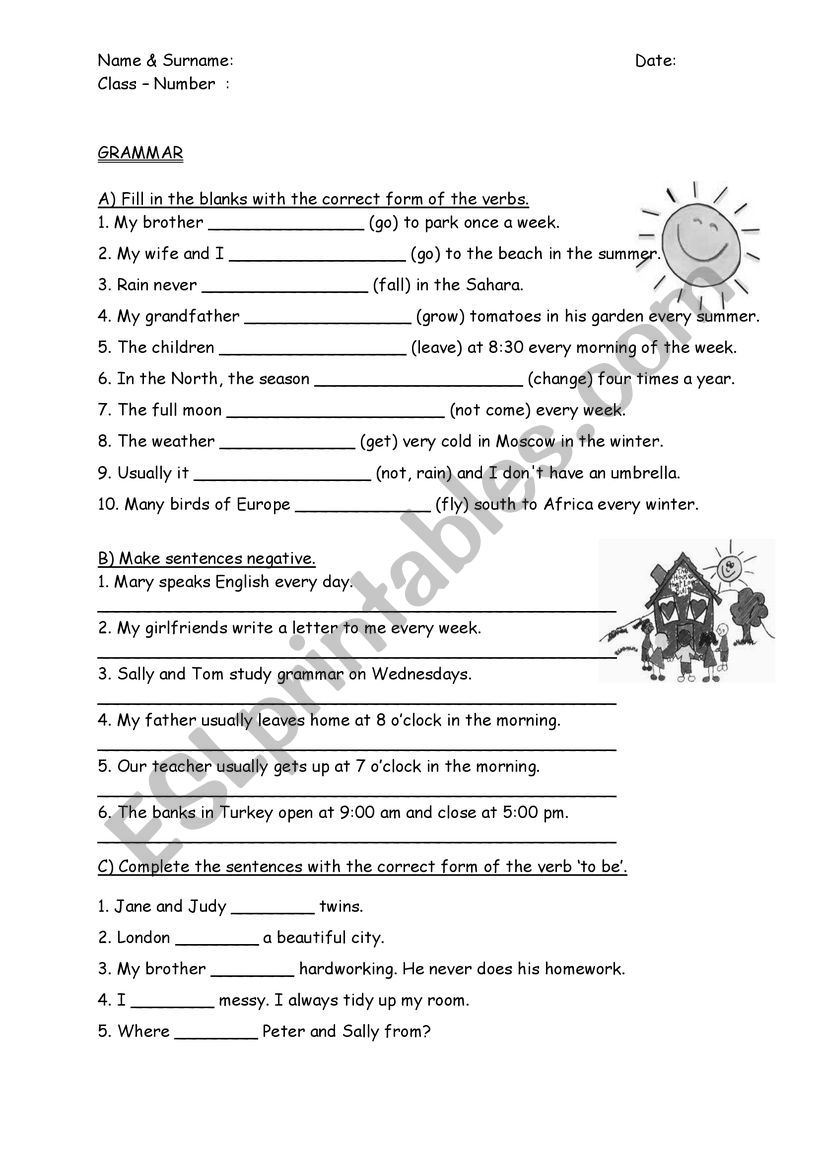



Verb To Be Personal Pronouns Wh Questions Simple Present Tense Esl Worksheet By Sibelulku
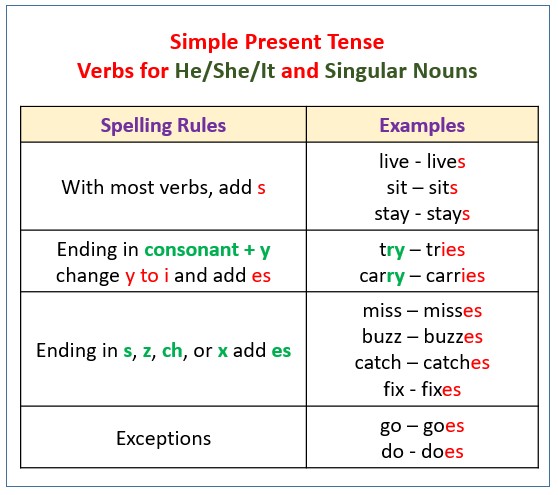



Verbs Present Tense Video Lessons Examples Explanations




Some Facts About Do Have Go In The Simple Present Tense Worksheet
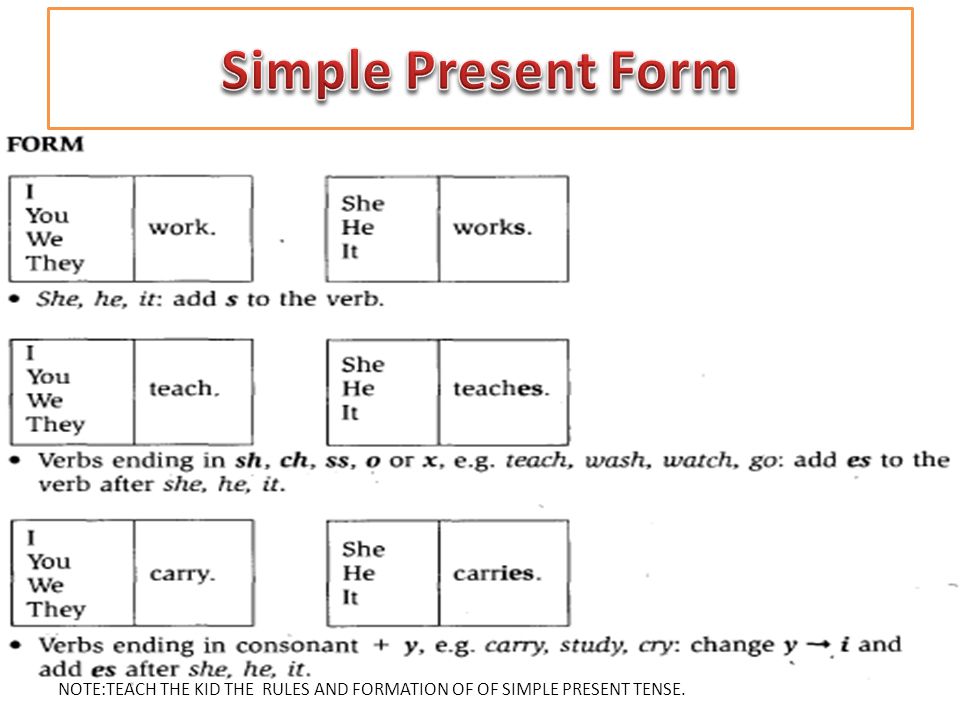



Simple Present Tense Ppt Video Online Download



2 6 Grammar Present Tense Verbs Humanities Libretexts
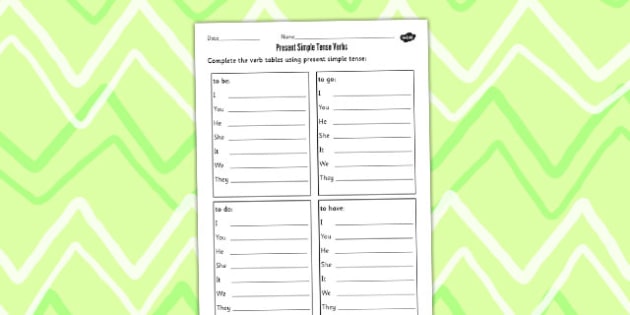



Present Simple Verbs Worksheet Grammar Activity




Simple Verb Tenses Simple Tenses 1 Simple Present
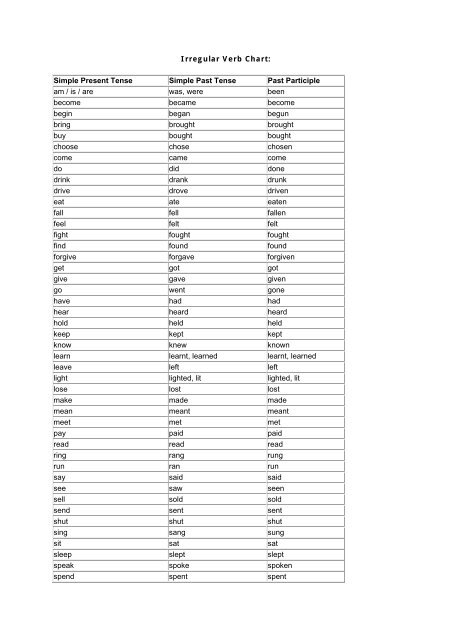



Irregular Verb Chart Simple Present Tense Simple Past Tense Past




Simple Present Tense English Esl Worksheets For Distance Learning And Physical Classrooms
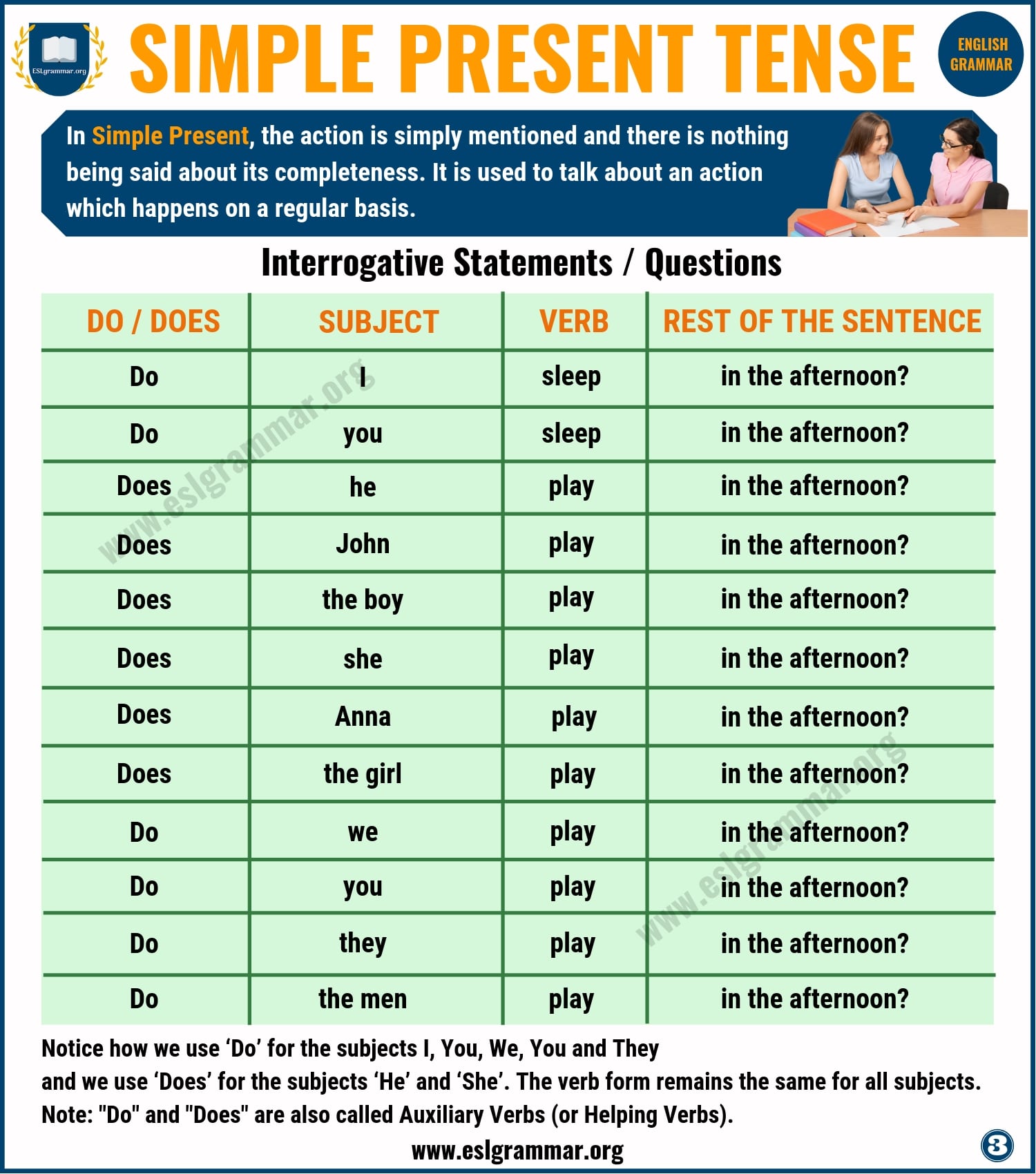



Simple Present Tense Definition And Useful Examples Esl Grammar




Simple Present Tense English Grammar Chart Simple Present Tense Grammar Chart Conjugation Chart
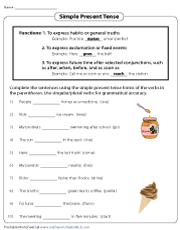



Simple Verb Tense Worksheets




Present Simple English Verb Tenses




Verb Open Inflected In The Present Tense Download Table




The Simple Present Of The Verb To Be And Others Exercises




Present Simple Tense Simple Present Definition Rules And Useful Examples 7esl
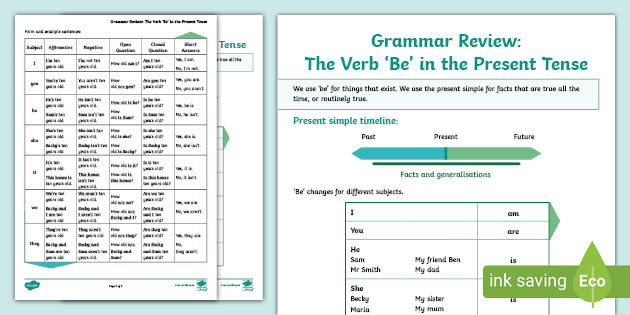



Grammar Review Sheet Using The Verb To Be
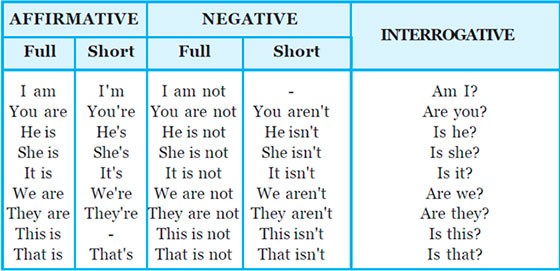



How To Use The Verb To Be In Present Tense English Lessons




Simple Present Tense Or Present Indefinite Tense Definition Examples Rules
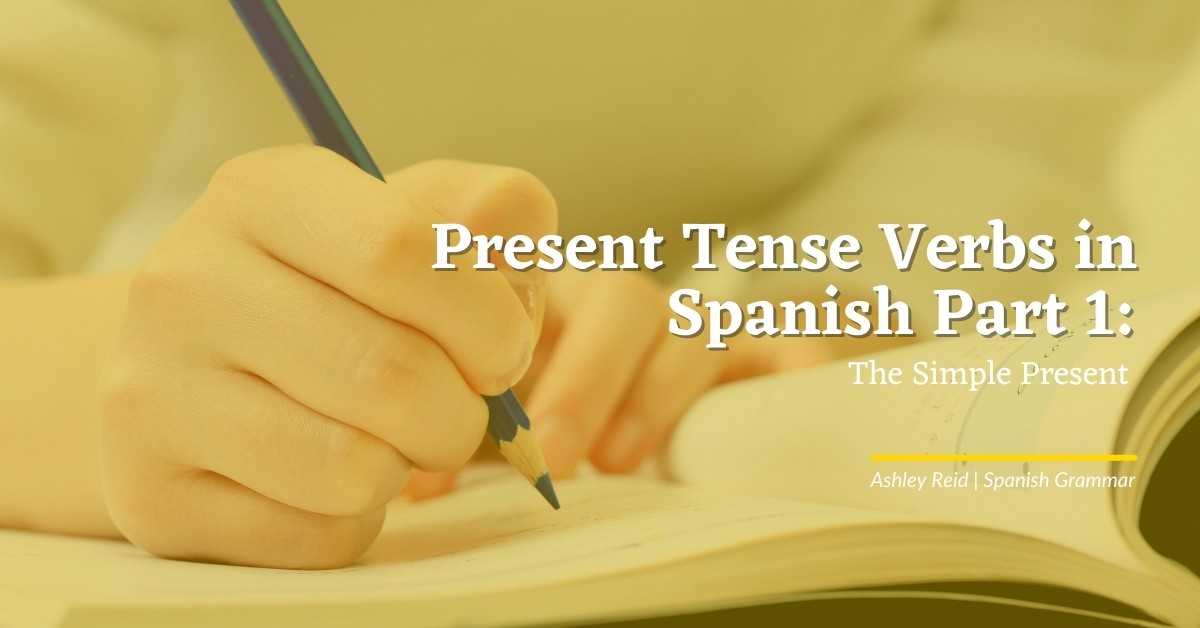



Present Tense Verbs In Spanish Part 1 The Simple Present




Simple Present Tense Verb To Be Has Have English Esl Worksheets For Distance Learning And Physical Classrooms
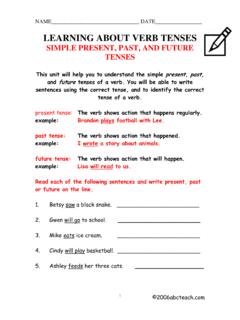



Simple Present Past And Future Tenses Simple Present Past And Future Tenses Pdf Pdf4pro




Simple Present Tense Ginseng English Learn English
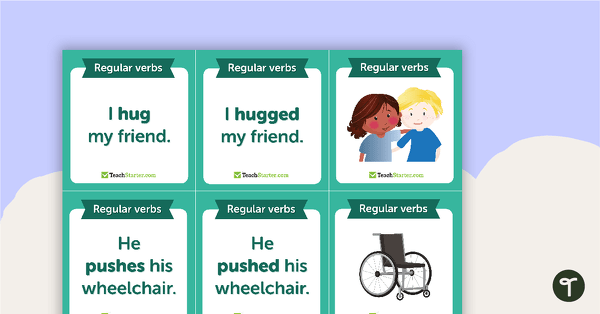



Simple Present And Past Tense Match Up Cards Regular Verbs Teaching Resource Teach Starter




Simple Present Tense Verb To Be Has Have English Esl Worksheets For Distance Learning And Physical Classrooms
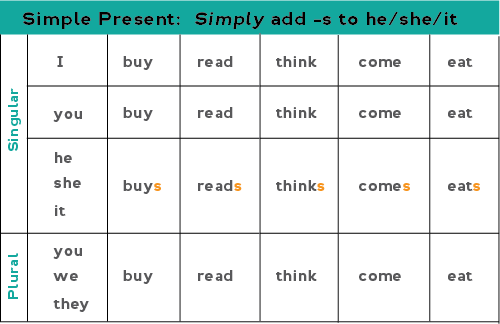



All About The Present Simple Tense
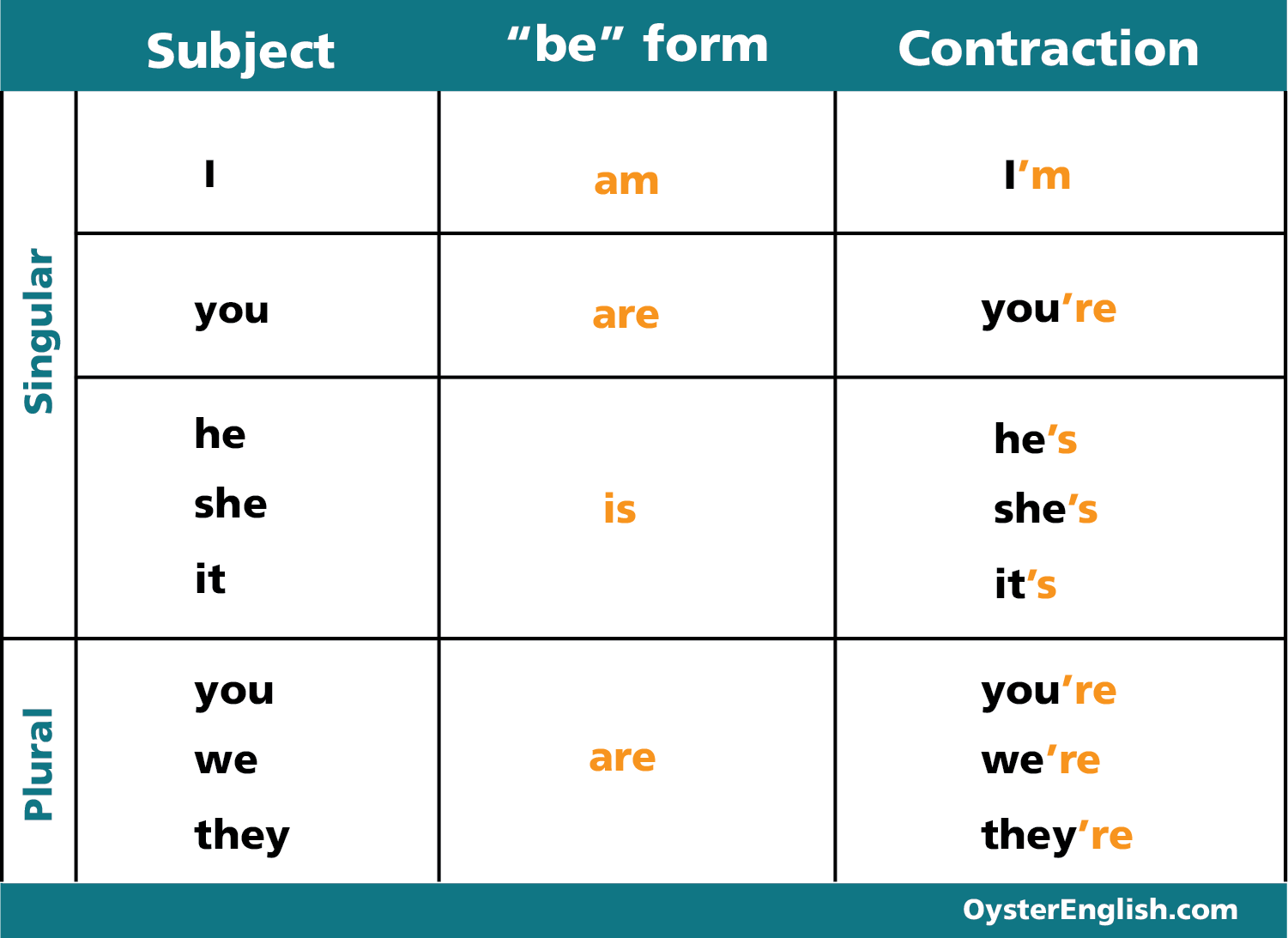



All About The Present Simple Tense




What Is Simple Present Tense Definition Examples Video Lesson Transcript Study Com
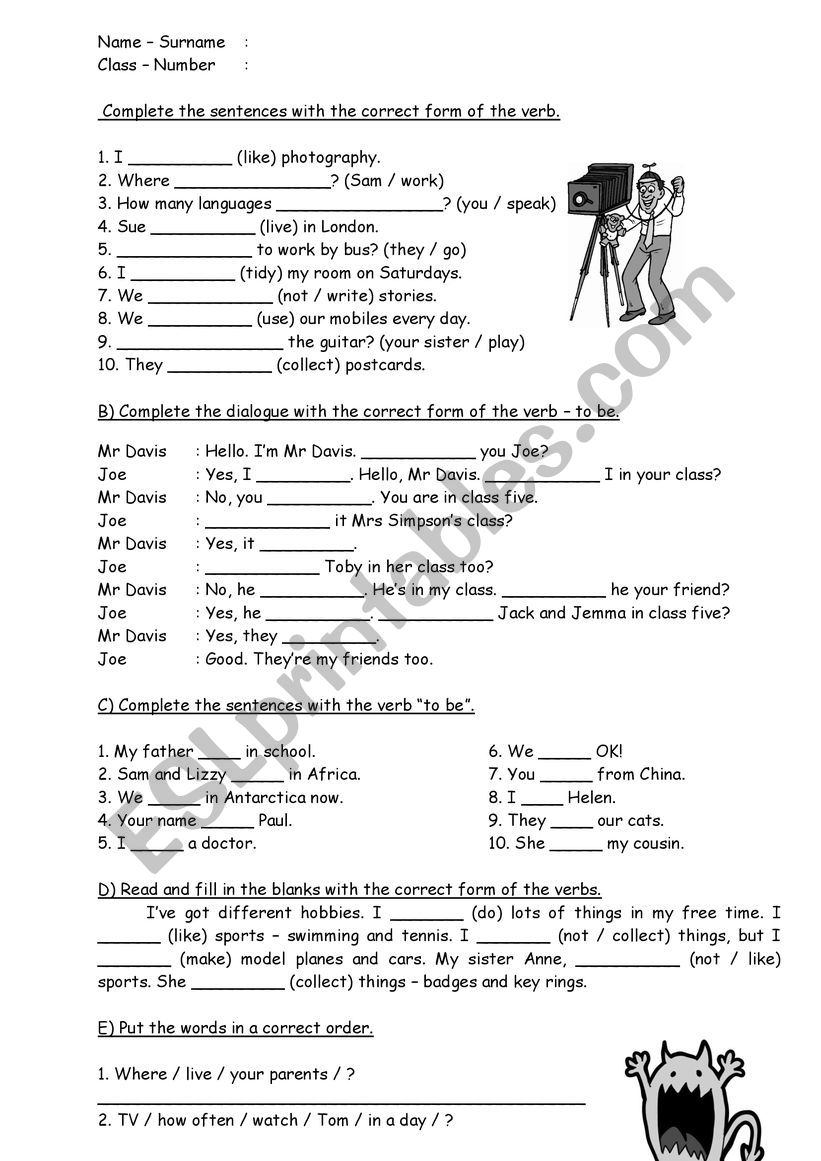



Simple Present Tense Verb To Be Exercises Esl Worksheet By Sibelulku
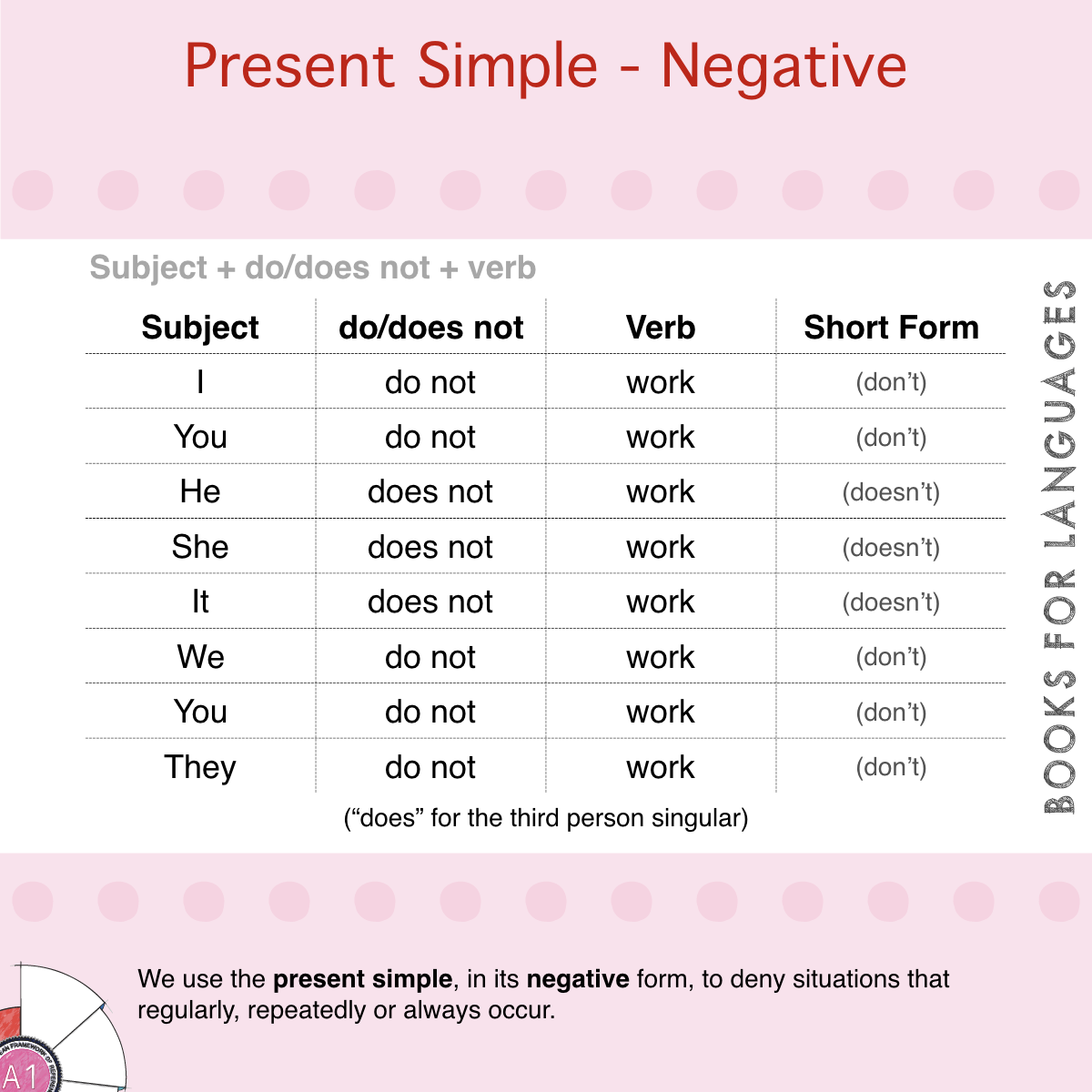



Present Simple Negative English Grammar A1 Level




Simple Present Tense Youtube
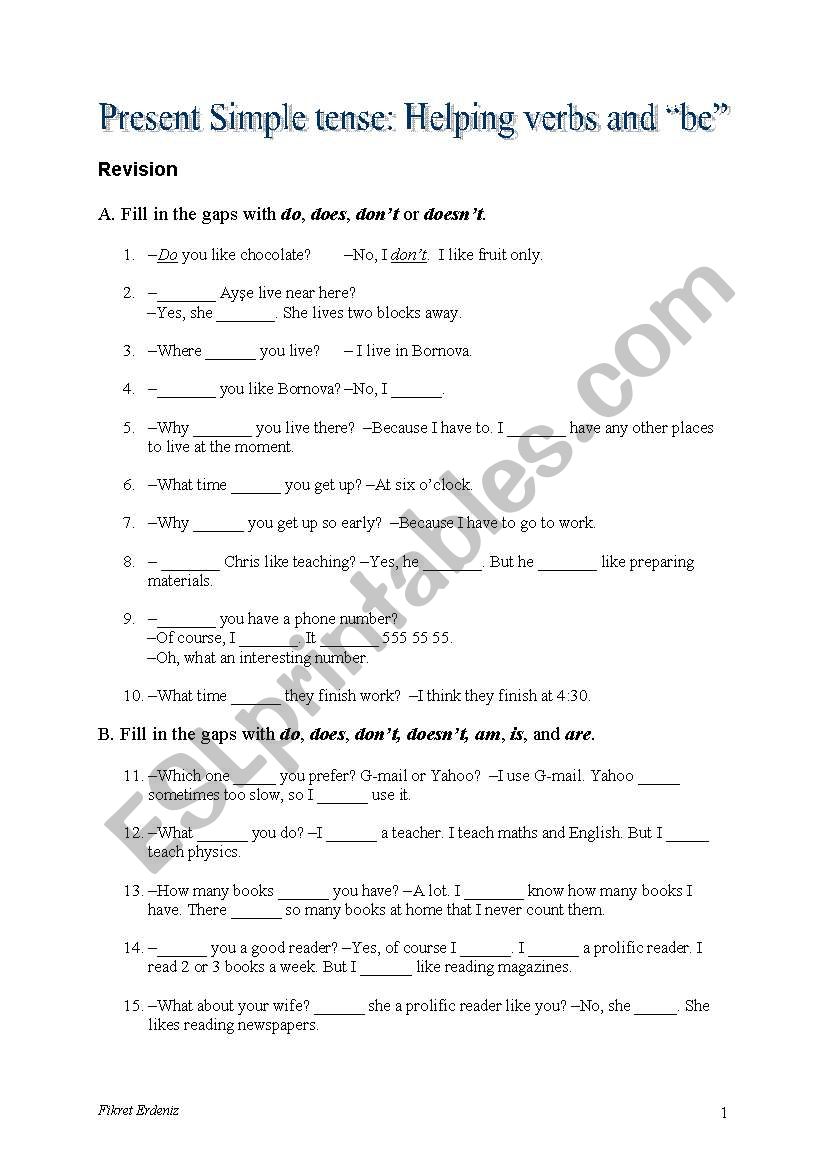



Present Simple Tense Helping Verbs And Be Esl Worksheet By Fikretnns




The Six Tenses Of Simple And Perfect Civis Project Uprm Openstax Cnx




Simple Present Tense Verb To Be Has Have English Esl Worksheets For Distance Learning And Physical Classrooms




English Verbs Present Tense Learn Fast




English 3 Tenses Of The Verb 2 Actions In Simple Present Tense Youtube



What Is The Formula For Simple Present How Is This Determined Quora




Learn It English Simple Present Verbs Grammar




English Grammar The Simple Present Lesson 5 Rules For The Simple Present Tense Learn English With Africa




The Verb Be In Present Simple Negative Questions Grammartop Com



Simple Present Of Be Positive And Negative Statements English Study Here
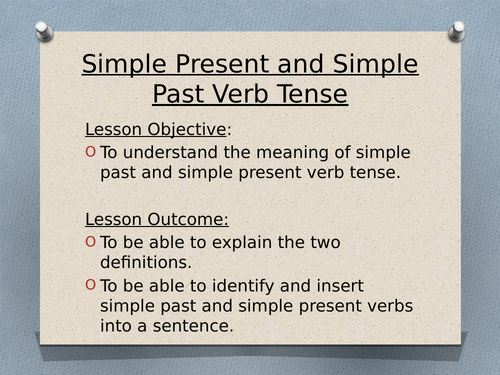



Simple Past And Simple Present Verbs For Year 6 Sats Teaching Resources
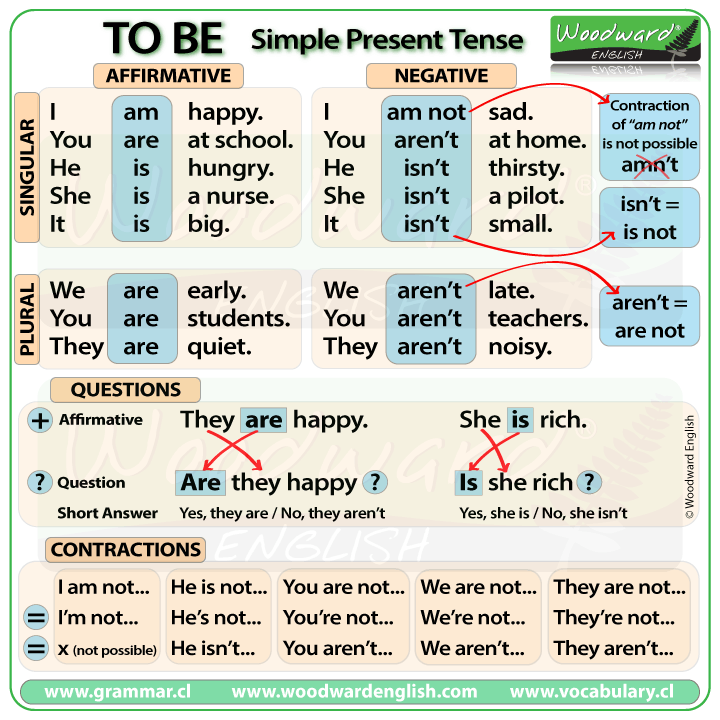



To Be In Present Tense English Grammar




Present Simple Tense In English Woodward English
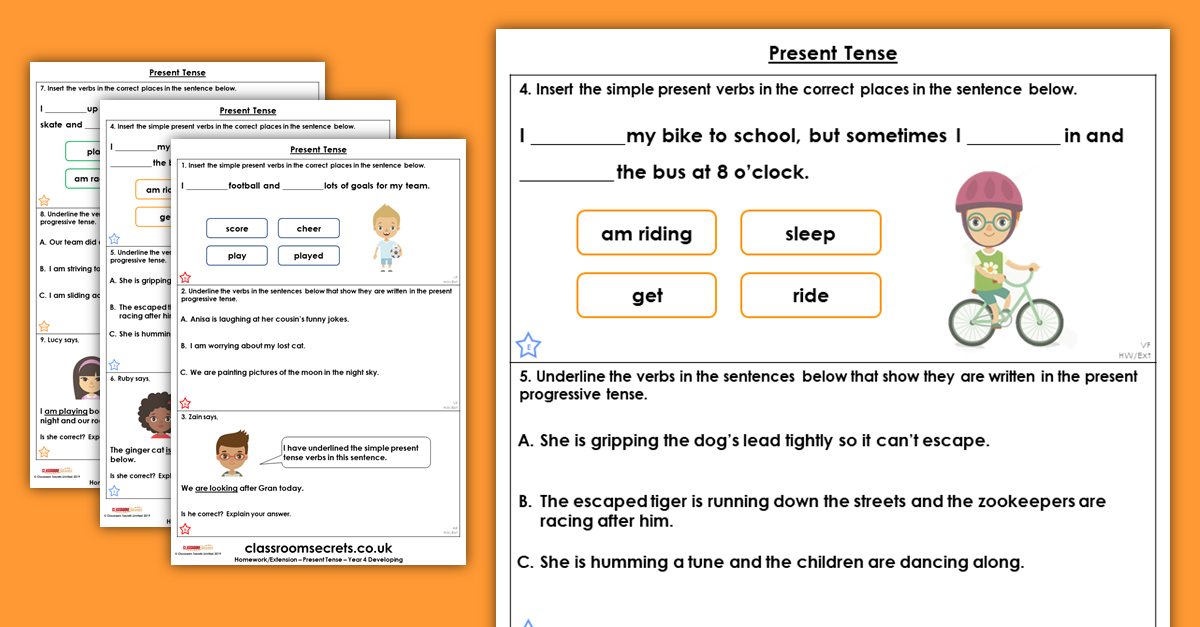



Year 4 Present Tense Homework Extension Ready To Write Classroom Secrets



Copy Of Spelling Rules Spelling Demons Roots And Affixes Lessons Blendspace
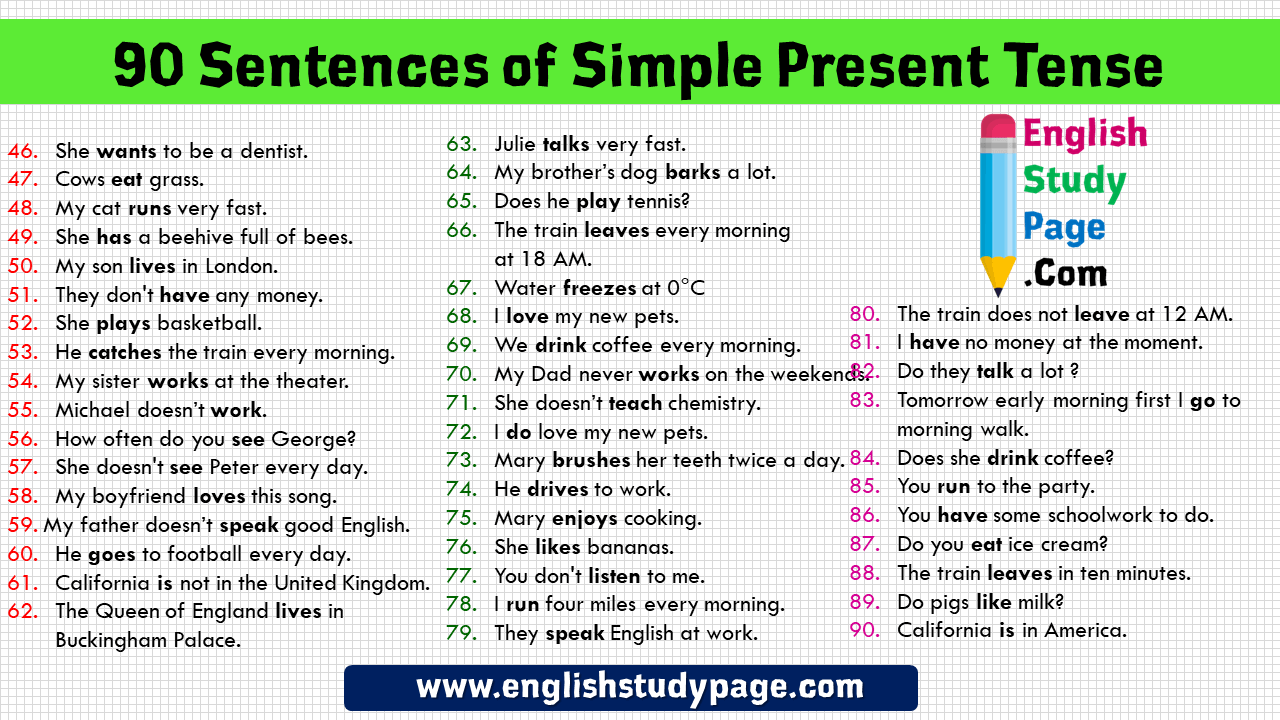



90 Sentences Of Simple Present Tense Example Sentences English Study Page




Simple Present Tense Form Materials For Learning English




List Simple Present



Simple Present Verb Tense That English Site




Exercises With The Verb To Be In Simple Present Tense Exercise Poster
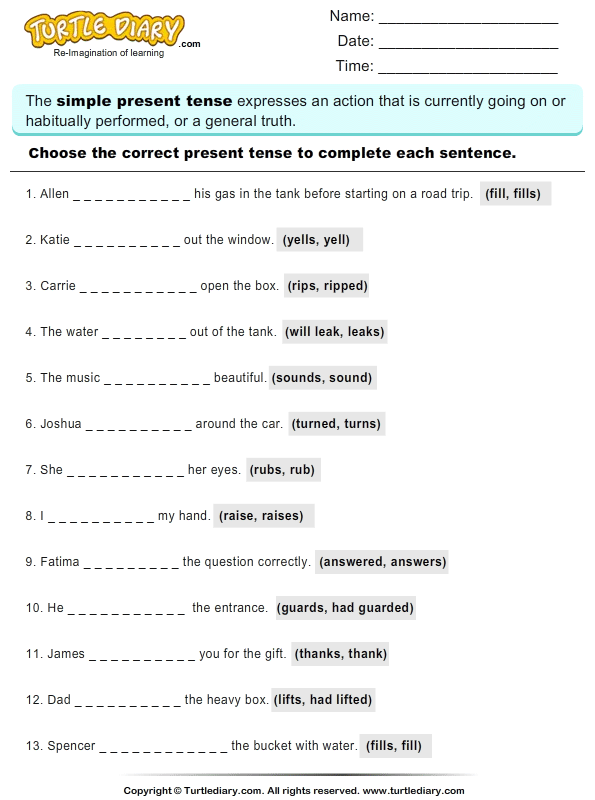



Writing Present Tense Of Verb Worksheet Turtle Diary




S Or Es In Simple Present Tense Worksheet Free Esl Printable Worksheets Ma Simple Present Tense Worksheets Simple Present Tense English Worksheets For Kids




Simple Present Tense In English Grammar


